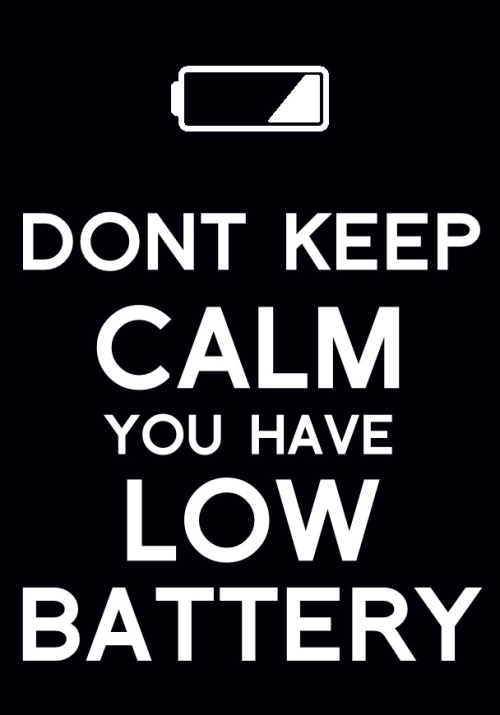Recently while at work I was
asked by a customer to see our battery section. Unfortunately
for the customers the batteries are located behind the cashier work station and
are only within the cashiers reach. As I assisted in pointing out the size of battery they required in various brands, the consumer constantly kept asking for the brand Duracell. Despite their initial request of the cheapest
choice, which would have been a no name brand, the customer
insisted on Duracell.
Along
with Duracell there were few other battery choices such as Energizer and Panasonic. According to The Top Ten website, Duracell is in second place, after Energizer, for cheaper no name brand that the store was selling. Please see The Top Ten link above.
When I
informed the customer that Duracell was much more expensive and had more
batteries in the pack than they were requesting, they once again insisted it was what they wanted. This got me thinking, why are some customers so loyal to a
brand, when the other brands offer similar products at a lesser price.
One marketing campaign video comes into
my mind right away when I think of Duracell. Earlier this year in Montreal,
Quebec Duracell set up an intriguing public display. The display was a functional bus shelter alongside a road. This campaign took place during winter and it appears in the video that
participants were cold. The idea of the campaign was to have a human chain or
connection within the bus shelter, with a contact point on each side of the
shelter. When a full circuit or connection was made, it would turn a heating
system on within the bus shelter. I interpreted it as, would rather touch hands with a stranger to create heat or
stay in the cold alone. It was a surprisingly memorable campaign although short
and not on a global scale.
My
interaction with the customer buying Duracell batteries reminded me of a
concept called brand personality. This term refers to a set of traits which are
attributed to a product as if it were a person (Solomon, 2014). Sometimes creating strong brand or product
personality is more important than the product or service offered. For Duracell, its brand is supposed to be seen as long-lasting, compact and durable (Procter
& Gamble, 2014). These are features of someone you would be able to trust
and rely on to do the job or follow through. Perhaps, the consumer buying
batteries in the store did not want to be associated to a cheaper not as well-known
brand and wanted to purchase something they categorize as more dependable, despite
the products being very similar in design.
Personally, there are some products which I give a brand personality too that influences my consumption patterns. It could be as large as giving a brand personality to the University I an enrolled at or as small as giving traits to certain toothpaste brands which makes me go back to the same brand each time. For example, Crest toothpaste has words such as healthy and beautiful in its slogan which are traits I associate to it, while another toothpaste such as Arm and Hammer simply reminds me of baking soda. I would much rather be healthy than think about baking soda every time I brush my teeth. So the question is, is the
product brand more important than the product itself?
References:
Solomon, White,
Dalh. "Consumer Behaviour ." 293. Pearson, 2014.
Procter & Gamble. “AboutUs.”
Company History 2014.
This topic (Brand Personality) is part of Chapter 6 - Personality, Lifestyles and Values.
This topic (Brand Personality) is part of Chapter 6 - Personality, Lifestyles and Values.









